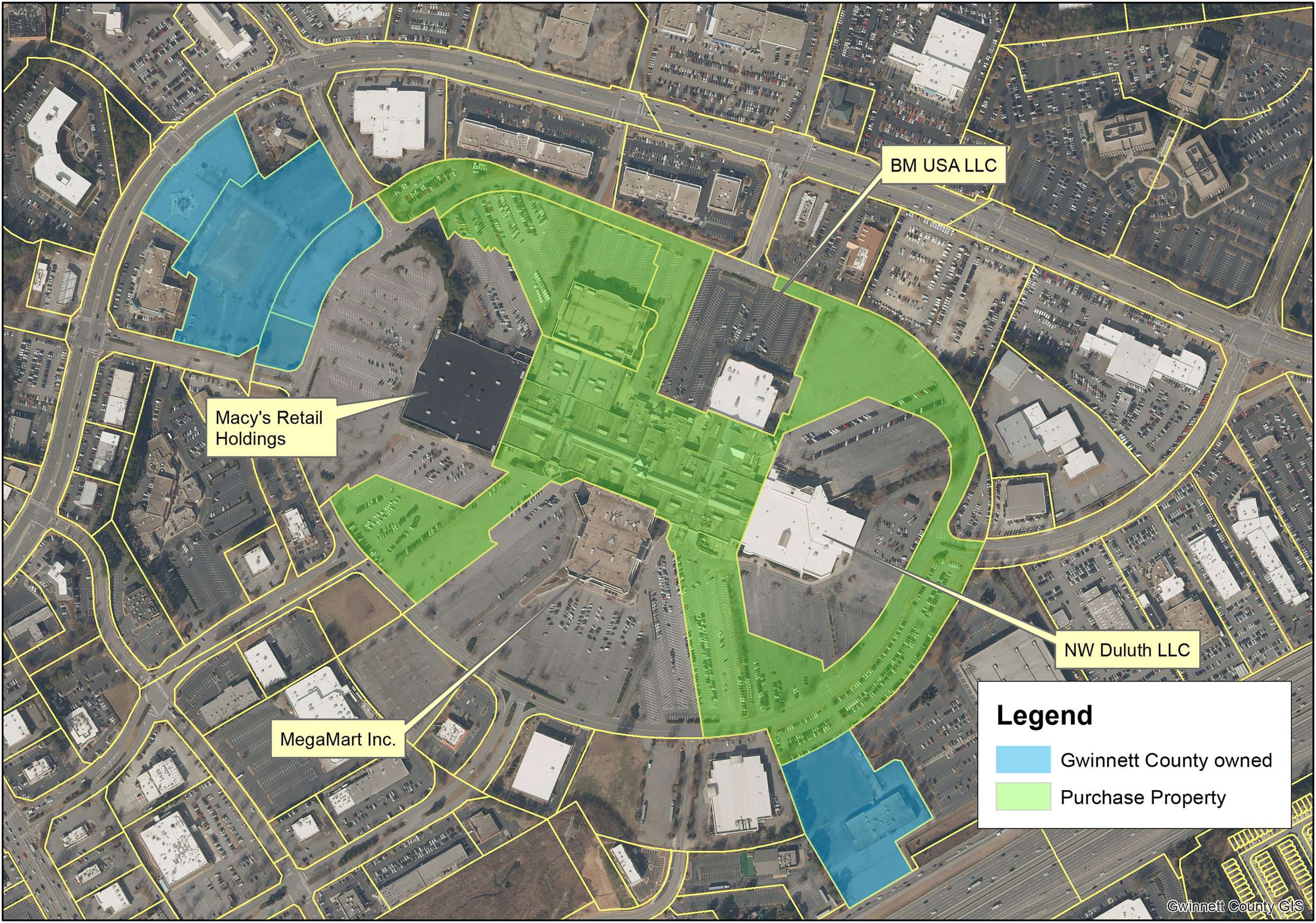Gwinnett Place Mall, once a bustling retail hub, has witnessed significant changes throughout its history. This report delves into the mall’s evolution, from its grand opening to its current state and future prospects, examining its impact on the surrounding community and its place in popular culture. We explore the mall’s architectural features, its tenant mix, and the strategies employed to attract shoppers in a constantly evolving retail landscape.
The narrative traces key milestones, including major tenant changes, periods of growth and decline, and the mall’s adaptation to shifting consumer preferences and the rise of e-commerce. We will also analyze the mall’s economic influence, its role as a community gathering space, and its potential for revitalization in the years to come.
Gwinnett Place Mall, once a bustling hub, now faces an uncertain future. The mall’s decline mirrors broader trends in retail, prompting questions about its long-term viability. This contrasts sharply with the seemingly boundless energy of online personalities like Santos, whose age, as detailed in this article, How Old Is Santos Tiktok , is a frequent topic of discussion.
Ultimately, the fate of Gwinnett Place Mall and the popularity of Santos on TikTok highlight contrasting aspects of modern life.
Gwinnett Place Mall: A History and Current State
Gwinnett Place Mall, a once-thriving shopping destination in Duluth, Georgia, has witnessed significant changes throughout its history. From its grand opening as a regional shopping hub to its current state, the mall’s journey reflects broader trends in retail and community development. This article explores the mall’s past, present, and potential future, examining its architectural features, cultural impact, and economic significance to the surrounding community.
Gwinnett Place Mall History
The history of Gwinnett Place Mall is rich with milestones, reflecting the growth and evolution of the Gwinnett County area. The following table details key events:
| Date | Event | Description | Impact |
|---|---|---|---|
| 1984 | Grand Opening | Gwinnett Place Mall opened its doors, quickly becoming a major retail destination in the region. | Significant economic boost to Gwinnett County, creating numerous jobs and attracting shoppers from surrounding areas. |
| Mid-1990s | Expansion | The mall underwent a significant expansion, adding new retail space and amenities. | Increased retail offerings and enhanced the shopping experience, attracting more shoppers and boosting revenue. |
| Late 1990s – Early 2000s | Anchor Store Changes | Several anchor stores experienced changes, with some closing and others being replaced. | Shifts in consumer preferences and retail competition impacted the mall’s tenant mix. |
| 2010s | Decline in Shoppers | The rise of e-commerce and the development of newer shopping centers led to a decline in foot traffic at Gwinnett Place Mall. | Reduced revenue and increased vacancy rates, prompting efforts to revitalize the mall. |
| Present | Ongoing Redevelopment Efforts | Various attempts have been made to attract new tenants and redevelop the mall to meet changing consumer demands. | The future of the mall remains uncertain, dependent on successful redevelopment and adaptation to current market conditions. |
Current State of Gwinnett Place Mall

Source: northgwinnettvoice.com
Currently, Gwinnett Place Mall features a mix of national chain stores and smaller businesses. Anchor stores have fluctuated over the years, and the current tenant mix reflects a shift in retail landscape. The physical condition of the mall shows signs of age, requiring significant maintenance and upgrades to improve its aesthetic appeal. Marketing strategies currently focus on attracting local shoppers through events and promotions.
Gwinnett Place Mall’s Impact on the Surrounding Community
Gwinnett Place Mall has had a profound, multifaceted impact on its surrounding community. Initially, it provided substantial economic benefits, creating jobs and stimulating local businesses. However, its decline has had negative consequences, affecting employment and local tax revenue. The mall also served as a significant social hub, hosting community events and providing a central gathering place. Compared to newer shopping centers in the area, Gwinnett Place Mall faces challenges in attracting shoppers due to its age and the changing retail environment.
Future Prospects for Gwinnett Place Mall
A potential revitalization plan for Gwinnett Place Mall could involve transforming it into a mixed-use development. This might include incorporating residential units, entertainment venues, and updated retail spaces. Potential new tenants could include fitness centers, entertainment options, and unique retail experiences catering to evolving consumer preferences. Adapting to e-commerce could involve creating an online presence for the mall and its tenants, offering click-and-collect services, and focusing on experiential retail.
Architectural and Design Features
Gwinnett Place Mall originally featured a classic enclosed mall design, common in the 1980s. The architecture is characterized by its expansive interior spaces, high ceilings, and a central corridor connecting anchor stores. Over time, some renovations have altered the original design, but the basic structure remains. The interior design is relatively dated, with materials and lighting schemes reflecting the era of its construction.
The food court, a central gathering space, showcases a typical mall design with various fast-food and casual dining options.
Gwinnett Place Mall in Popular Culture
While not a major landmark frequently featured in popular media, Gwinnett Place Mall has likely been included in local television news segments, documentaries, or possibly even independent films showcasing the changing landscape of suburban retail in the Atlanta area. These portrayals might highlight its economic impact or serve as a backdrop reflecting broader societal changes. The absence of significant appearances in major films or television suggests that, despite its importance to the local community, the mall hasn’t achieved widespread cultural recognition beyond its immediate geographic area.
Final Wrap-Up

Source: 11alive.com
Gwinnett Place Mall’s story reflects the broader trends shaping the retail industry. Its past successes and present challenges offer valuable insights into the adaptability and resilience required for survival in a competitive market. While the future remains uncertain, the potential for a revitalized Gwinnett Place Mall, one that caters to modern consumer needs and community aspirations, remains a compelling possibility.
The mall’s legacy, however, is firmly etched in the history of Gwinnett County.
